Swedish company claims rights to 'slide to unlock' with new UI patent
Last updated
In a press release issued on Tuesday, Neonode says it was issued U.S. Patent No. 8,095,879 which covers gesture-based interaction with a touch sensitive surface, a description that is similar to Apple's "slide to unlock" patent.
According to Neonode’s head of IP, Yossi Shain, the '879 patent was first filed for in 2002 and the company has been shopping the technology around since the IP was issued on January 10, 2012, reports TechCrunch.
Apple is supposedly the first target for Neonode, though Shain said the company is looking for "friendly licensing" deals before pursuing patent infringement lawsuits.
Neonode claims that it has successfully marketed and sold licenses of other touchscreen patents to to a number of "tier-one" OEMs and ODMs, with the technology being used in devices such as e-readers from Sony and Barnes and Noble, according to TechCrunch.
The '879 patent is meant to complement the Swedish company's other U.S. Patents, No. 7,880,732 and the relating No. 8,068,101, which cover tech for small to midsize touchscreen devices. In addition, Neonode reportedly has similar patents pending in other undisclosed countries.
Patent drawings illustrating Neonode's swipe gesture UI. Source: U.S.P.T.O
If Apple is indeed sued over the '879 patent, it wouldn't be the first time the company has seen Neonode in a court hearing. In August 2011, Samsung trotted out a relatively obscure device made by the Swedish company in defense of an Apple suit regarding "slide to unlock" functionality.
A European Windows CE handset, the Neonode N1m was shown as evidence that Apple's claims were not inventive as the device was manufactured before the iPhone maker filed its "slide to unlock" U.S. Patent No. 7,657,849 in 2005. The Apple complaint was ultimately dismissed.
Most recently, however, Apple was successful in winning a German injunction against Motorola' use of gesture-based device unlocking after leveraging a European counterpart to its '849 patent.
Despite the European win, the Neonode IP could prove disruptive to Apple's continuing legal battle against Motorola and Samsung if the Swedish company forces the Cupertino, Calif., company to pay licensing fees or takes the matter to court.
 Mikey Campbell
Mikey Campbell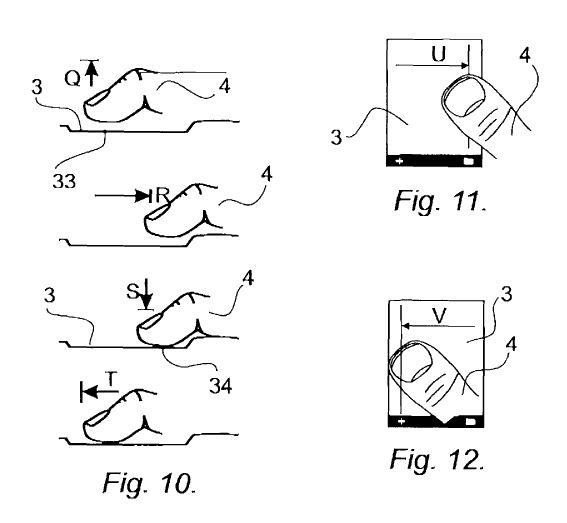

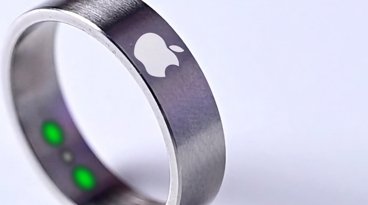
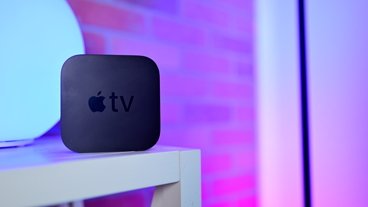

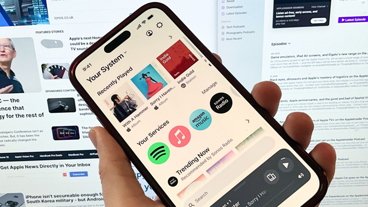
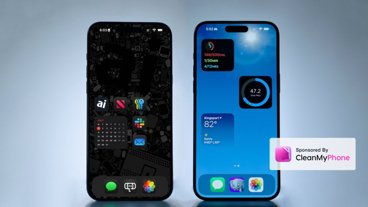

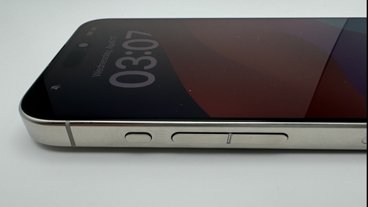
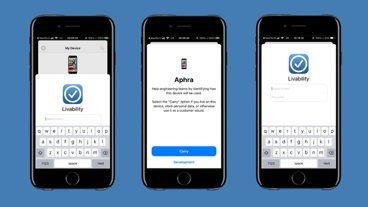
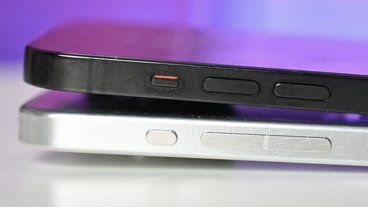
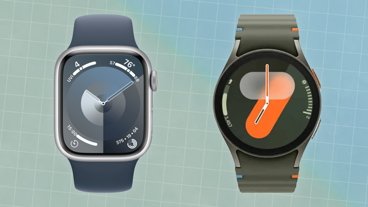
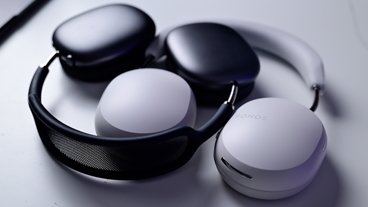
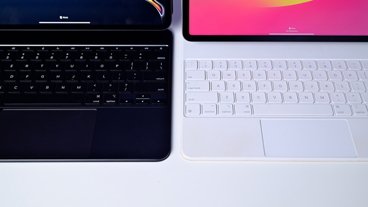
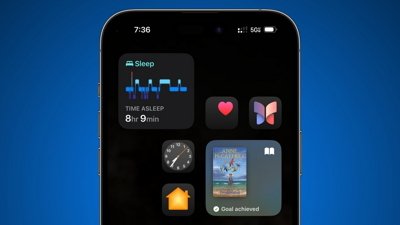
 Amber Neely
Amber Neely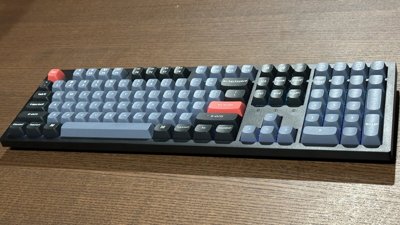
 Thomas Sibilly
Thomas Sibilly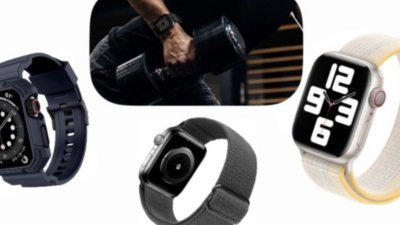
 AppleInsider Staff
AppleInsider Staff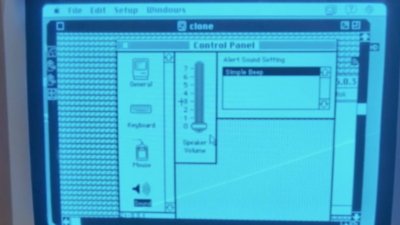
 William Gallagher
William Gallagher
 Malcolm Owen
Malcolm Owen
 Christine McKee
Christine McKee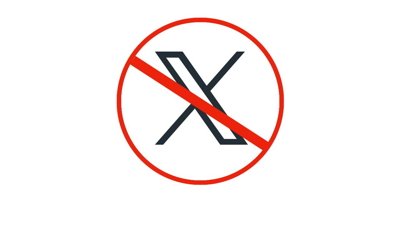
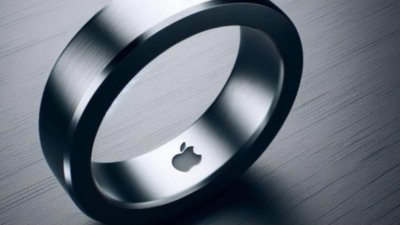
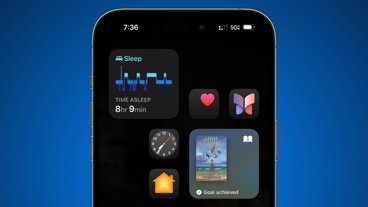
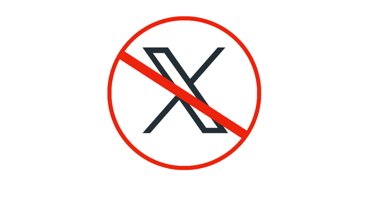
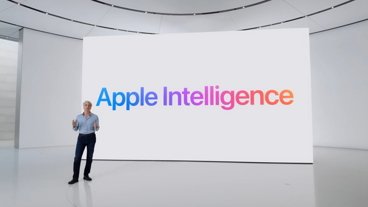

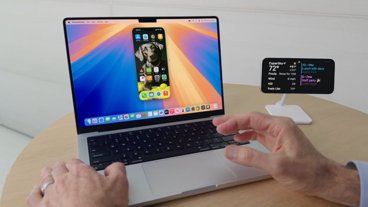
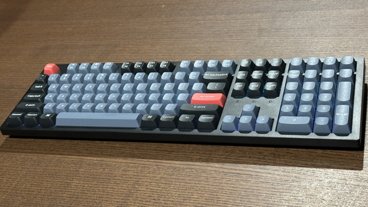
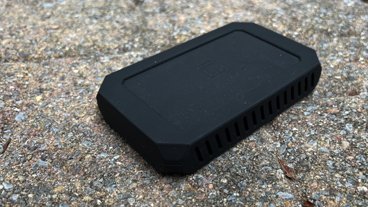
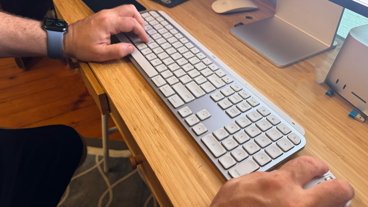

92 Comments
So in the interest of fairness, all the anti-Apple folk will post that since "you can't patent a gesture" this patent is invalid. Right?
Hmmm, not quite getting this.
So it comes down to a US Patent Office Blunder?
Issuing the same patent to two different companies?
Does this happen often?
And in the end who is to blame? Isn't it the Patent Office's job to avoid this?
Can you sue the US Patent Office?
Trains corps should just sue the whole lot of em!
This patent isn't a problem for Apple. Their patent clearly states:
This sounds like a "handheld computer" that has a separate menu area and a display area. This is more like an e-reader than an iPad or iPhone, and as noted in the story, they've licensed to e-reader companies. Apple will have no discussions with these people.
Hmmm, not quite getting this.
So it comes down to a US Patent Office Blunder?
Issuing the same patent to two different companies?
Does this happen often?
And in the end who is to blame? Isn't it the Patent Office's job to avoid this?
Can you sue the US Patent Office?
I think all the patent office does is decide if the idea is patentable. It's up to Apple to hire a patent search to make sure they were first. It's odd that this other company applied for a patent in 2002 and only now got awarded a patent, where Apple seemed to get the patent awarded first, but may not have applied first. What's with that??